Digital Workplace Transformation
The post-COVID era
Digital Workplace is here to stay
Digital Workplace Trends
Digital workplace and service desk services are the face of the IT to their clients and are currently undergoing an enormous transformation. New work models and changing technologies define new business values that must be met by modern workplace models. The demands placed on modern workplaces have increased significantly in recent years. Mobile working in the sense of “working from anywhere“, higher requirements in terms of user experience, IT security and corporate-wide collaboration define the workplace agendas. Boosted by the COVID pandemic, major transformation programs were initiated in the workplace sector. Most companies have mastered the transition to remote work well, but what comes next?
Evolution of Service Desk Services
FULLY AUTOMATED SERVICE DESK SERVICES?
The road to the fully automated service desk is still long. Until then, processes must be streamlined and standardized, self-services established, and solution and response times improved.
Evolution of reactive to invisible service desk services
Current challenges for service desk services:
Digital Workplace Target Operating Model
DIGITAL WORKPLACE DIMENSIONS
The Digital Workplace as a central digital work platform provides information, applications and services independent of time and location and ensures that end users work efficiently and effectively in a collaborative way. The evolution to the Digital Workplace is driven by several paradigm shifts:
Workforce | What people need to work
Each employee has unique preferences and needs based on roles and workstyles. The Workforce area of the Digital Workplace is about capturing and meeting the needs of employees regarding their way of working. This area is primarily about ensuring that the Digital Workplace is efficient, effective and easy to use. End users should be helped more to deal with business problems instead of IT problems. IT services include e.g. the service desk, user experience & satisfaction and certain IT governance services.
Workplace | Where people work
The Workplace domain needs to ensure that the end users are able to access their workspace from any device at any time and at any location. IT services include e.g. the onsite/ workplace support, client services., enterprise mobility management, software packaging & distribution, identity- & access mgmt. and virtual desktop infrastructure.
Workspace | How people work
The Workspace domain supports end-users in the way how they are working. Users receive personalized, work-specific solutions and automated business processes in the workplace environment based on integrated back-end systems. IT services include e.g. endpoint management, file & print services, active directory and M365 platform services.
Navisco AG
THE RIGHT PARTNER FOR ESTABLISHING YOUR DIGITAL WORKPLACE
Navisco has been advising companies on workplace and service desk transformation for over 20 years. In doing so, we have helped our clients to define and implement new workplace operating models based on our organization, process and tool framework and by finding the right partners for implementation.





